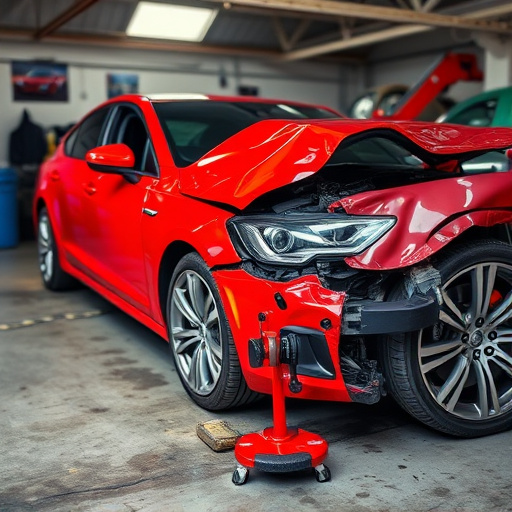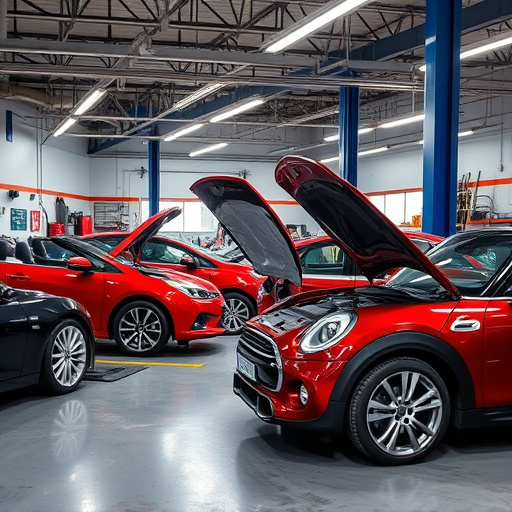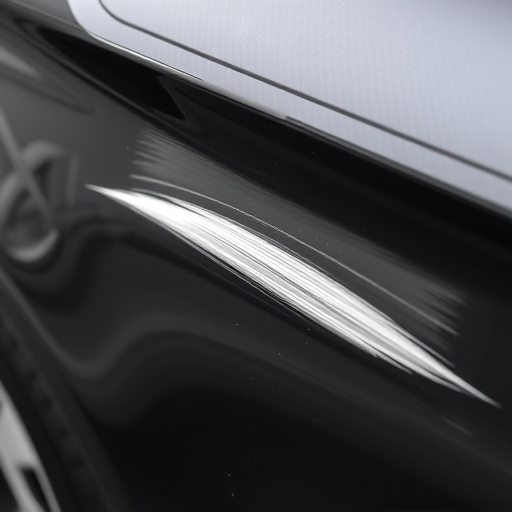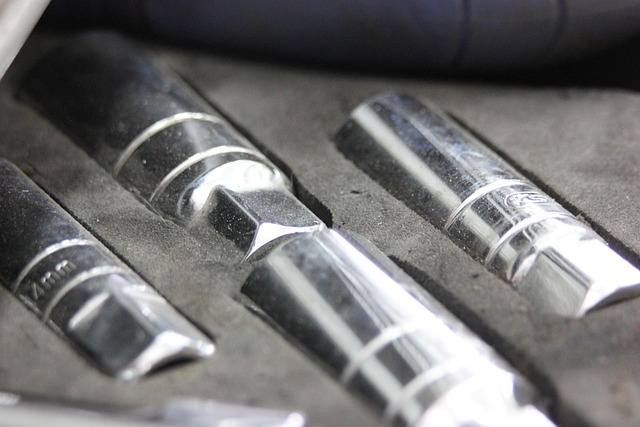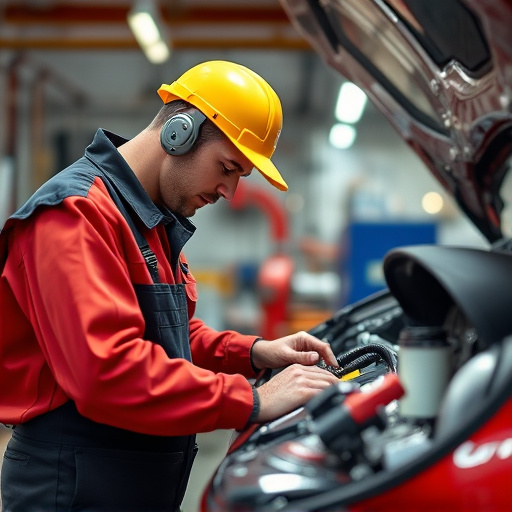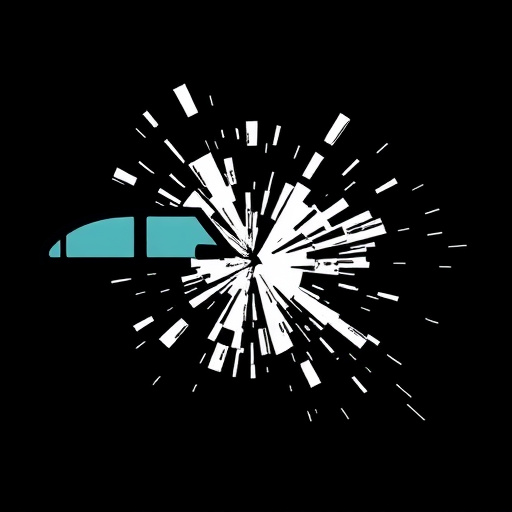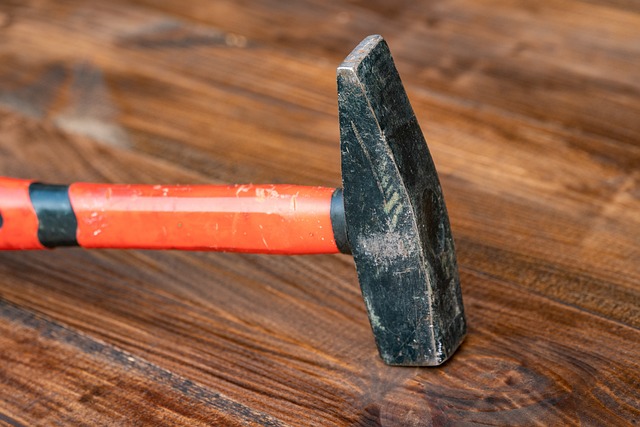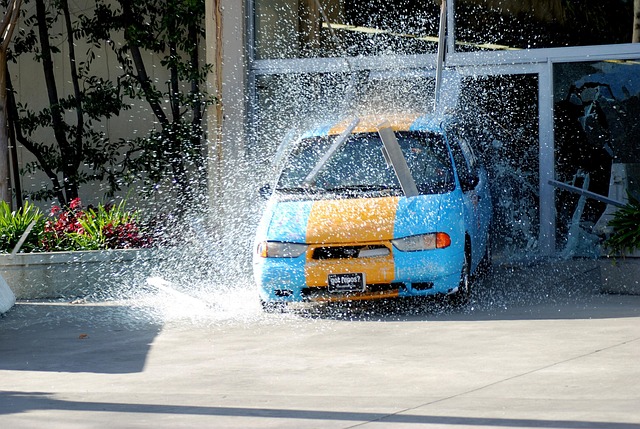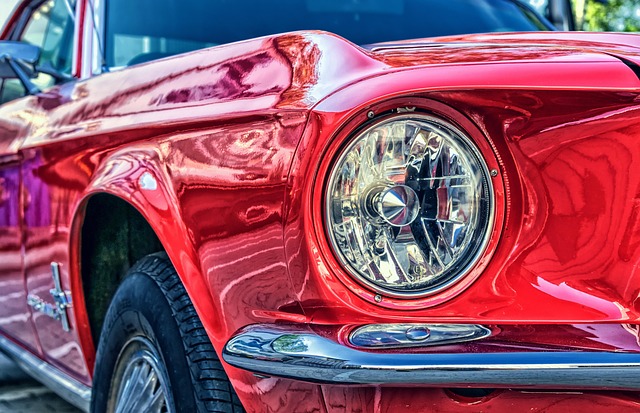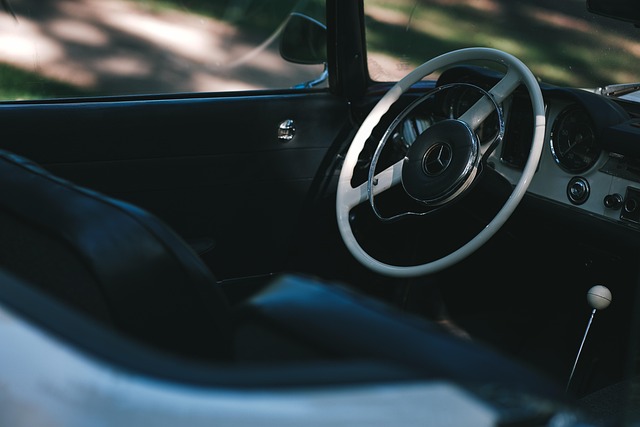PDR (Paintless Dent Repair) for aluminum panels is a revolutionary technique in auto body repair, preserving the structural integrity and finish of modern lightweight aluminum vehicles without welding or replacement. By using specialized tools to gently manipulate metal, PDR restores dents, dings, and creases, enhancing vehicle appearance and resale value while offering an eco-friendly, cost-effective solution for luxury car owners and professional auto body shops. Proper preparation, including thorough cleaning and meticulous application of pressure, is key to successful PDR for aluminum panels.
“Discover the power of PDR (Paintless Dent Repair) in enhancing the resale value of your vehicles, especially those with aluminum panels. This comprehensive guide explores the art and science behind PDR, a game-changer in the automotive industry. Learn how this non-invasive technique can restore damaged aluminum panels to their original condition, ensuring better resale prices.
From understanding the process to mastering best practices, we’ll equip you with knowledge to make informed decisions. Elevate your vehicle’s aesthetics and value with PDR for aluminum panels—a must-read for sellers seeking a competitive edge.”
- Understanding PDR for Aluminum Panels: A Comprehensive Guide
- The Impact of PDR on Vehicle Resale Value: What Sellers Need to Know
- Best Practices for Effective PDR: Techniques and Tips for Restoring Aluminum Panels
Understanding PDR for Aluminum Panels: A Comprehensive Guide

PDR for aluminum panels refers to the process of Plastic Deformation Repair, specifically tailored for aluminum automotive components. This technique has revolutionized auto painting and fender repair in the automotive body shop industry. Unlike traditional methods that might involve time-consuming welding or replacement, PDR focuses on reshaping and restoring damaged aluminum panels back to their original condition. By employing specialized tools and techniques, technicians can effectively address dents, dings, and creases without affecting the panel’s structural integrity or finish.
Aluminum is a popular choice in modern vehicle construction due to its lightweight nature and excellent corrosion resistance. However, its unique properties also mean it requires a meticulous approach to repair. PDR for aluminum panels ensures that these vehicles retain their original value and appearance, making it an essential service for automotive body shops catering to high-end car owners. This method not only conserves resources by reducing the need for new parts but also provides a sustainable solution for maintaining vehicle resale value.
The Impact of PDR on Vehicle Resale Value: What Sellers Need to Know

The process of PDR (Paintless Dent Repair) for aluminum panels has revolutionized the way vehicle owners address dents and scratches, significantly impacting resale value. This non-invasive technique has gained immense popularity in the auto industry due to its effectiveness and cost-efficiency compared to traditional painting methods. By expertly manipulating the metal without removing or replacing paint, PDR can restore a car’s exterior to its original condition, thereby enhancing its overall appeal to potential buyers.
For sellers, understanding the benefits of PDR is crucial. When preparing a vehicle for resale, investing in professional auto body shops offering PDR services can make a world of difference. This method not only preserves the integrity of aluminum panels but also adds value by minimizing cosmetic imperfections. As such, cars with minimal or no visible dents and scratches command higher prices, ensuring a better return on investment for sellers. Auto detailing plays a supporting role, enhancing the visual appeal further, but PDR for aluminum panels is the primary game-changer in maintaining and maximizing resale value.
Best Practices for Effective PDR: Techniques and Tips for Restoring Aluminum Panels

To master PDR (Paintless Dent Repair) for aluminum panels, several best practices and techniques should be employed. First, ensure proper preparation by cleaning the panel thoroughly to remove any dirt or debris that could obstruct the repair process. Using specialized tools designed for aluminum, such as dent pullers and foam rollers, apply even pressure to gently lift the dented area back to its original shape. This method is crucial for maintaining the integrity of the metal without causing further damage or creating new dents.
Additionally, understanding the unique properties of aluminum is essential. Unlike steel, aluminum panels do not have the same level of memory, so a consistent and delicate touch is required. Practicing on scrap pieces first can help technicians hone their skills. Employing these techniques effectively not only restores the panel to its original condition but also enhances the overall appearance of the vehicle, preserving its resale value, alongside other auto body services like auto glass repair.
PDR for aluminum panels has proven to be a game-changer in the automotive industry, offering an effective solution for restoring damaged vehicles and enhancing their resale value. By understanding the process, its benefits, and implementing best practices, both sellers and restoration professionals can ensure top-notch results. Embracing PDR allows for the preservation of not just the physical structure but also the overall allure of aluminum panels, making it a valuable tool in today’s competitive vehicle market.
